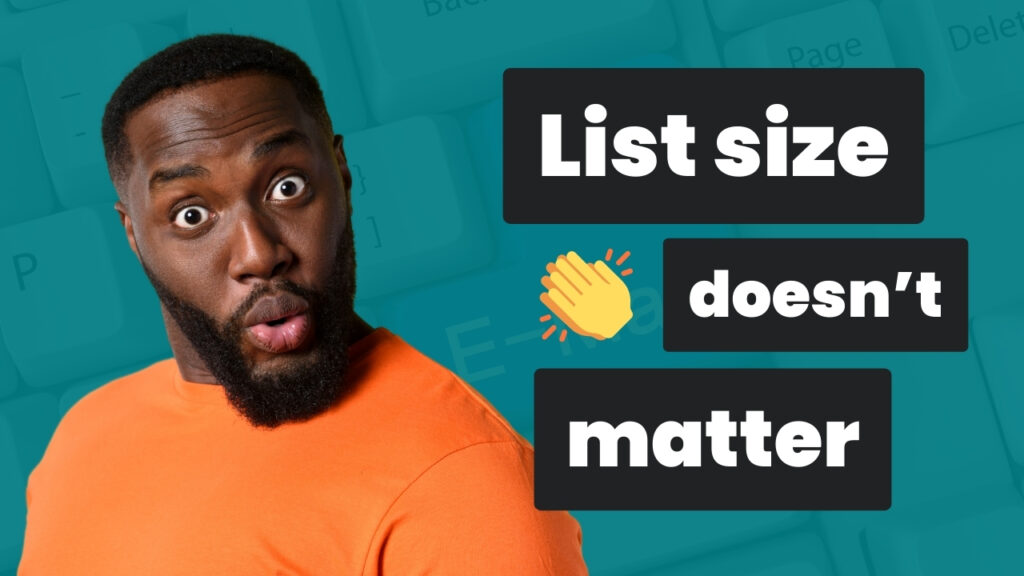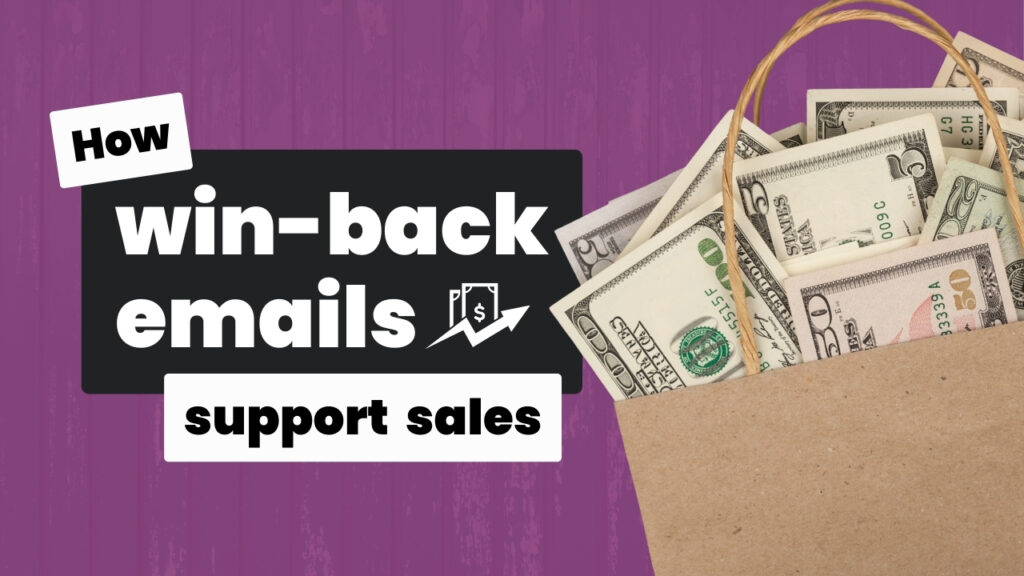Even if you’ve tried to follow all the copywriting “rules,” your pages, emails, or ads could STILL be secretly sabotaging sales if your copy choices are a bad fit for your audience.
Because, the reality is, not every copywriting “best practice” is the best fit for your buyer or business.
To see more conversions, sometimes you have to reject the rules and follow your data.
Which might leave you wondering:
“How do I know if the choices I’m making are helping or hurting my conversions?”
Join me in the video below.
And I’ll show you how I diagnosed a sneaky saboteur on a sales page that was unintentionally reinforcing conversion blockers and discouraging purchases.
(PS – I don’t mention the final results in the video. But this VOC-optimized launch ended up increasing immediate sales by 165% in 7 days. So we obviously did a lot of things right. 😀)
Transcript:
Copywriting best practices aren’t always the best choice. In fact, sometimes they can be downright detrimental to getting conversions.
Hi, I’m Paige from The Impact Copywriter. And I help founders and marketers boost the conversion rates for their most critical campaigns by focusing specifically on their marketing messages or, as we like to call it, the copy.
Today, I want to share a story with you from a client project where my client was using a popular sales page best practice that was working for other brands. But it turned out it was working against my client.
Here’s the situation:
I was optimizing a launch funnel for a premium coaching program. Part of that process is to first do the voice of customer research, so we can figure out what that conversion context is for existing buyers.
Then I take those ideal buyer insights, and I analyze the control (in this case, it was the sales page) with those insights in mind. The goal of this is to pinpoint where the messaging isn’t aligned with what we know about their best buyers.
It was during this audit where I flagged a section of the sales page that set off my VOC alarm. The section in question was this sort of “Is this right for you?” section that you see on lots of sales pages for courses and coaching programs.
In these types of sections, you’ll often see a bulleted list of criteria either for joining or even not for joining so that you, as the reader, can make the best decision for you.
Now, in some instances, programs do have criteria.
Maybe you need a specific background, a specific level of knowledge, or you need to run a specific type of business or make a certain amount of money in order to be right for some program.
However, that wasn’t the case in this program.
The reader didn’t need any background or experience or any level of commitment or type of business or life or anything like that. So, this list of criteria was just a creative way to deliver some marketing messages.
Here’s what the problem was:
I knew based on the research that I had done in the form of interviews, surveys, talking to the founders, and spending some time in the brand’s Facebook group that this audience, or at least a large part of the audience, was overwhelmed. They suffered from feelings of not feeling good enough, and they had a low level of self-worth.
It was prominent enough that we wanted to pay attention to it when we were shaping our messaging.
So, my gut reaction, knowing what I knew about the audience, to that specific section was that it was reinforcing those feelings of overwhelm and not being good enough to join the program.
My hypothesis was that this section was negatively impacting conversions because it was reinforcing those blockers.
In my recommendations for the client, I suggested that we cut the list of criteria and that we rework the section to reduce overwhelm and make the decision to join as simple as possible.
Actually, the VOC data that I had collected inspired the perfect way to do that.
Let’s take a peek at that copy optimization.
On the screen, you’re looking at the original list of criteria. As you can see, without even getting into reading the actual line by line, if you were someone who was overwhelmed and you had a lot of barriers around like should I do this program, am I ready, am I good enough… You can already see even before you read that, if you’re just scanning, there’s already 10 bullet points here.
That’s already triggering my sense of “oh, there’s a lot that I need to be ready for in order to dive into this program,” which was not the case.
When you read them, you will see that the bullets are well-written and hit important persuasion points.
However, some of them do reinforce the obstacles or objections that the ideal buyer has, as we found in our research.
For example, “you’re already a healer or practitioner of some kind.”
This was not true for most of the audience, even though some of the audience did identify as healers or some sort of spiritual practitioner. It would be easy as a non-healer or non-practitioner to read this and think, “Oh, this isn’t for me.”
“You’re ready to do whatever it takes.”
This is not necessarily true for our ideal buyer because they suffer from a lot of self-doubt.
“You’ve already committed to personal change.” We also knew that that wasn’t necessarily true for a lot of the audience. They were exploring Shamanism as a way to create personal change in their life, but they still struggled with getting started and starting in a way that that felt doable and not being overwhelmed.
“You believe that you can live a more spiritually connected and purposeful and happy life.”
This was, again, for a large part of the audience, not necessarily true. The act of believing that they could do this is something that was would be part of their journey inside the program. It wasn’t something that necessarily had to believe right away because they would experience it as they got into the program.
They had, at this time, a 60-day money-back guarantee in order for them to do the program, go through the exercises, participate, and experience that shift in their spiritual life for themselves. Their level of belief only needed to be high enough in order for them to take a chance to, then, be able to experience it
Many of these messages are important, such as the 60-day money-back guarantee and the messaging around being overwhelmed, let down, and finally being ready to make a change.
Before eliminating this section, we ensured that they were on the page somewhere. For the rewrite, we eliminated this section altogether and didn’t present it as a list of criteria because that was working against us according to our research.
The good news was that, in the research, we found a very strong recurring theme that actually made more sense here than our made-up list of criteria. And that was this sense of a calling or knowing or tug or a strong sense of rightness that came through in a very large portion of the survey responses and the interviews that we did as part of the voice of customer research phase.
The calling made the most sense for answering how do you know if this is right for you because we knew that’s how people were making decisions. It was the simplest way (and also the way that was backed by our research) for people to decide.
This switch made the decision to join a lot simpler and a lot more accessible (mentally) for the ideal buyers who had a lot of resistance, objections, self-doubt, and overwhelm in their life.
So this is what the made-over criteria section became.
This sense of calling or feeling of rightness was actually very on-brand for this spiritual program. The team that was running this training program teaches that intuitiveness is a way to make decisions, so this approach was more on-brand with the company than the previous one.
The calling insight is something that the founding team actually decided to use in a lot of their marketing materials. It was not only on-brand and the way that they teach but also the way that people make decisions.
So you can see here we have the same messages just presented in a slightly different way.
I cannot stress enough the importance of doing your VOC research and understanding your ideal buyer on a deep level. Because, as you can see in this example, a copywriting best practice that has worked for others might work against you if it’s not right for your audience.
But you won’t be able to see that if you don’t do your research.
And as always, if you need help getting inside your best buyer’s brain and crafting copy that supports sales instead of sabotaging them, let’s chat.


